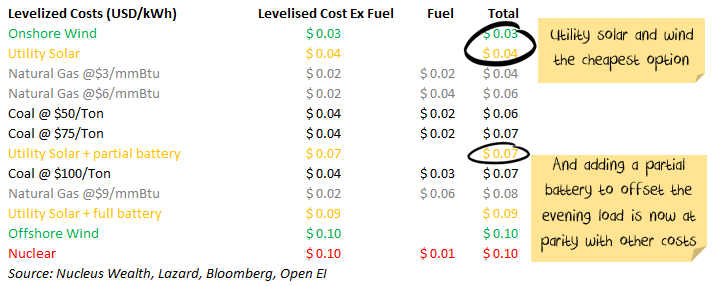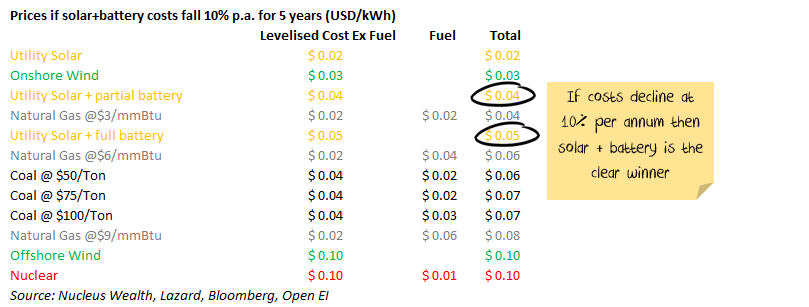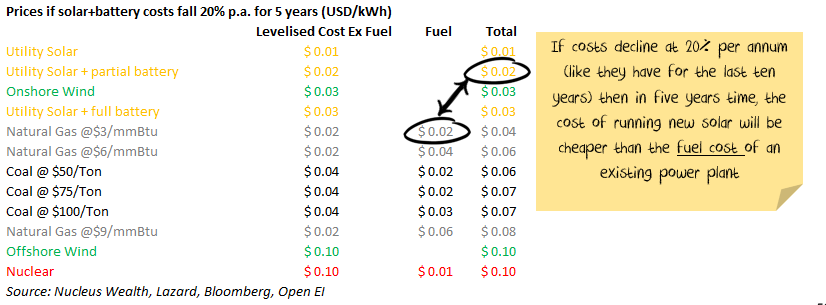Via Oilprice:
…if governments decide to double down on their climate change targets and start aiming for the more ambitious 2-degree scenario under the Paris Agreement, LNG growth will suffer.
The so-called 2-degree scenario refers to efforts aimed at curbing the rise in average global temperatures to 2 degrees Celsius. A less realistic scenario is limiting this rise to 1.5 degrees Celsius. According to the U.N. Framework Convention on Climate Change’s Conference of the Parties (COP21), the 2-degree scenario was economically feasible and cost-effective in 2015. Since then, however, doubts have arisen as this scenario would require cutting the world’s emissions by as much as 70 percent by 2050.
It is still quite doubtful if the 2-degree scenario could play out with some even warning we are hopelessly failing even with the 1.5-degree scenario. And yet, with some governments—notably in Europe—tying up pandemic recovery to boosting renewable energy, the 2-degree scenario might have a chance, even if it is a belated one.
“In a 2-degree world, only about 145 billion cubic metres per annum (bcma) of additional LNG supply is needed in 2040 compared to 450 bcma in our base case outlook,” said Wood Mac principal analyst Kateryna Filippenko. “And if we consider imminent FID for Qatar North Field East expansion, the space for new projects shrinks to 104 bcma, down 77% from our base case.”
A decline of 77 percent for projected LNG demand is quite a downward revision that will only add to the woes of an industry that has seen a supply boom, which led to a glut and a price depression that made some projects economically unviable. If indeed renewable energy ambitions take the upper hand in the coming couple of decades, the projected flourishing of the LNG industry as the world moves away from oil might never materialize.
According to the Wood Mac analysis, Qatar and Russia will be best positioned to respond to the moderate demand growth, which, by the way, the analysts see beginning to decline after 2035. Low-cost U.S. natural gas could make some Gulf Coast projects competitive, too, the analysis notes. This, however, would depend on the continued fracking boom, which is not as likely as it was just a year ago. Also, the European Union’s concern about emissions from fracking might compromise U.S. LNG’s competitiveness on that market.
“LNG developers will have a difficult decision to make,” says another Wood Mac analyst, Evgeniya Mezentseva. “On the one hand, there will be windows of opportunities for investment decisions. But on the other hand, the long-term value of these investments might be at risk by the prospects of a shrinking market space combined with competitive pressure from lower-cost producers.”
This counters all the upbeat scenarios developed so far by industry and governments, but it is worth noting the above are predictions for a world firmly on a 2-degree path. This, as already mentioned, is far from a certain path, even with the recent boom in solar, wind, and crucially, energy storage, not to mention the hype surrounding green hydrogen, which has yet to become competitive with hydrogen produced from natural gas.
The forecast detailed by Wood Mackenzie’s analysts is nothing short of a doomsday scenario for the natural gas industry. Luckily for this industry, the chances of that scenario unfolding are not particularly great, not for lack of ambition but rather for lack of the necessary technological advances that would enable the complete or near-complete replacement of fossil fuels in electricity generation by renewable sources.
The latest major battery storage news is a case in point: Tesla and Neoen’s new 300-MW project in Australia, worth $84 million, will have the capacity to power half a million households for an hour. We need a lot more storage than that before we can rely exclusively on solar and wind as our principal sources of electricity, which would be a must in a 2-degree world.
It’s not just policy anymore. It’s economics:
In five years it will be much cheaper:
If it goes the way we think it will, renewables plus full storage will be more than 60% cheaper than coal and gas:
Coal is dead. LNG is next.




